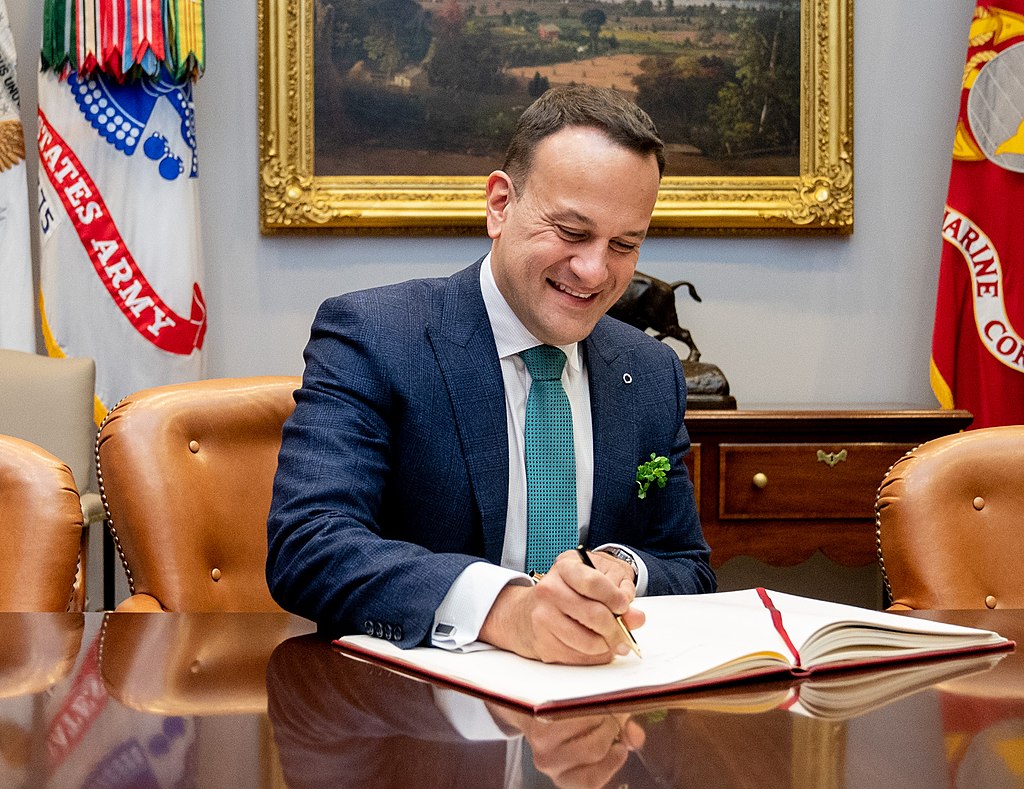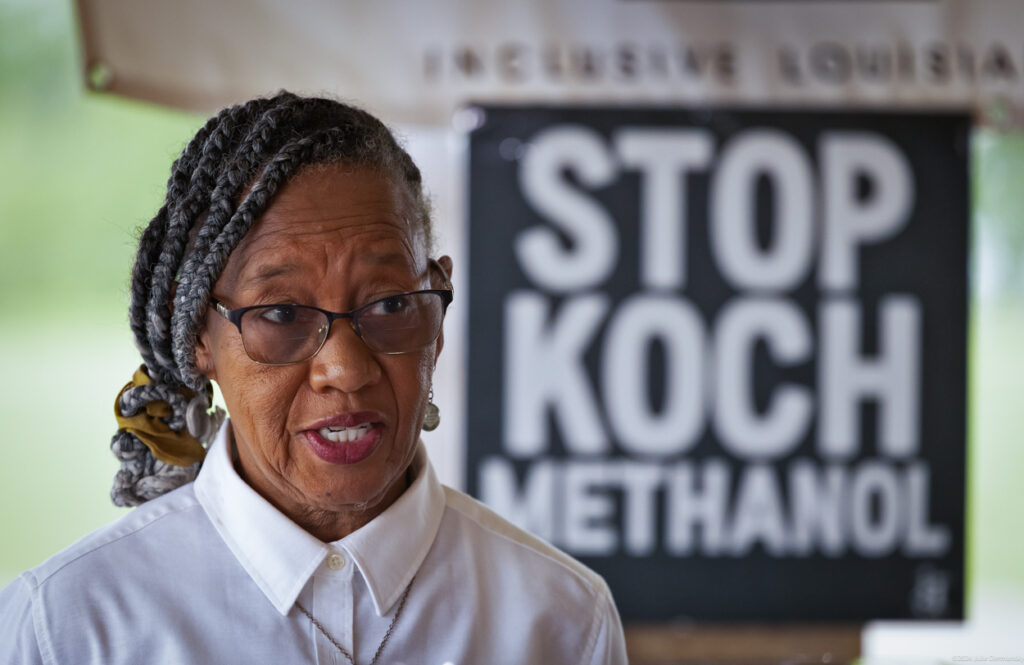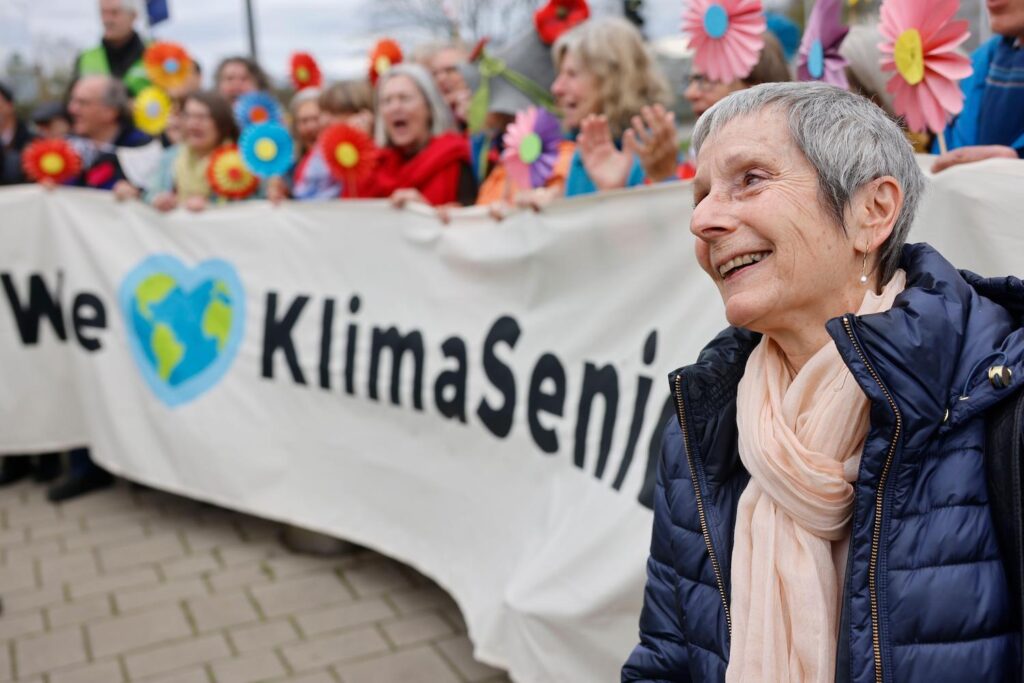Last May, Ireland was among the first countries in the world to declare a climate and biodiversity emergency. In September, over 20,000 students took to the streets of Dublin demanding urgent climate action. And, plugging into the new ecological zeitgeist, RTÉ, Ireland’s national broadcaster, produced a week-long series of climate-related programmes and events that were broadcast in November.
In that context, Ireland seemed set for its first ever “climate election”, when Taoiseach Leo Varadkar dissolved the Dáil (parliament) and called an election for February 8th. Climate activists have been canvassing under the banner of “One Future Ireland”, with the slogan: “Act now for faster and fairer climate action”.
However, recent polls suggest that fewer than one in 10 people see climate as the most important issue when deciding how to vote. Parochial concerns have once again crowded out the bigger picture.
Election choices
The Irish electoral system involves proportional representation and multi-seat constituencies, which means that, unlike in the UK, the number of seats won by smaller parties tends to closely match their level of public support.
From the point of view of enhanced climate action, a coalition involving the centrist Fianna Fail with the Green party is considered a reasonable option. Ireland’s Labour party may also be in the mix, and is seen as pragmatic on climate issues.
Want to help keep DeSmog going? Become a patron today!
However, the rejection by other left-wing parties of any form of carbon tax may scupper the chances of building a broader left-wing alliance to push a more genuinely transformative climate agenda.
So, where do the parties stand on climate action?
Fine Gael
Fine Gael’s election manifesto calls for a ban on all new fossil fuel cars by 2030, as well as supporting a target of reducing greenhouse gases by 30 percent by 2030. It also supports planting 8,000 hectares of forestry annually and has committed to support a carbon tax rising steadily to €80 per tonne by 2030. It also favours a ten-fold increase in the amount of domestic retrofitting.
Fianna Fail
The other major Irish political party is Fianna Fail, which was widely blamed for leading the country into severe recession in 2008 and was almost wiped out electorally. It has since recovered and is now leading in the polls, and may well be the lead partner in forming a coalition government after this election.
It too supports an €80 per tonne carbon tax by the end of the decade, but unlike Fine Gael, it has committed to a nationwide ban on smoky coal. Its proposals on biodiversity protection are quite strong, and include supporting 30 percent of Irish territorial waters being designated as Marine Protected Areas. The party has traditionally been seen as having close links to the construction industry, and this is reflected in its ongoing commitment to road-building.
Sinn Fein and PBP Party
The third largest party in the state is Sinn Fein, though it has never been in government in the Irish republic. It supports a total ban on all offshore fossil fuel drilling, as well as banning the importation of fracked gas. For farmers, it proposes a novel “environmental basic income”, which aims to voluntarily transition them towards more sustainable practices.
Sinn Fein is supported by the left-wing People Before Profit (PBP) party in rejecting any carbon taxes. Sinn Fein argues that higher carbon taxes “will make people poorer, but will not make the state greener or cleaner.” While it is unclear whether Sinn Fein will participate in forming the next government, its absolute rejection of carbon taxes is a likely major stumbling block.
The PBP manifesto also suggests taking multinational agri corporations into public ownership.
Green party
While currently having only three of 166 seats in parliament, the Green Party is hopeful of increasing that to between 10 and 15, and seems keen to be involved in government. Electoral support for the Green Party is currently hovering between seven and 10 percent in recent polling.
Its manifesto is by far the most comprehensive and coherent on climate action, and it includes the need for Ireland to commit to at least seven percent annual greenhouse gas emissions reductions (the government’s current Climate Action Plan aims for just two percent cuts per year).
On wind energy, the Greens propose an additional five gigawatts by 2030 and a massive 30 gigawatts of offshore wind by 2040. This would make Ireland a major net energy exporter. It also wants Ireland to aim for 30 percent tree cover by mid-century, as well as transitioning 20 percent of farming to be organic.
Their transport policies are detailed and support a full modal shift from car dependence to high quality public transport and cycling. The Greens also support reducing the national herd by 50 percent – a target also supported by the PBP party.
Agriculture attention
The apparent slump in public interest has been mirrored by media coverage, where climate action has once again been pushed to the margins of the national discussion. In the first televised leaders’ debate featuring all seven parties, the only climate-related question discussed over the course of two hours was whether parties supported reducing the suckler herd to cut emissions.
Ireland’s per capita greenhouse gas emissions are the third highest in the EU, and while mandated to cut emissions outside the EU Emissions Trading Scheme by 20 percent by 2020, according to government figures, it will only have achieved “at best” a reduction of around one percent. Emissions from the agricultural sector have in fact risen by around eight percent since 2015.
While agriculture is a relatively small part of the Irish economy, it produces 34 percent of total emissions, and the agri-industrial lobby has been highly active in downplaying the need for climate action, fearful that it will lead to a reduction in cattle numbers.
The Irish Farmers Association recently hosted a conference featuring Dr Frank Mitloehner, of UC Davis, California, an agricultural scientist and self-described “GHG guru” with strong ties to the meat industry, in which he downplayed the global warming influence of methane from ruminant livestock.
Mitloehner has been described as “a representative example of the growing manner in which animal agribusiness has been able to utilise the strategies already used by climate change deniers in order to distort the debate on livestock production and its environmental effects.”
The outgoing government has been led by Fine Gael, a centre-right party with strong ties to both industry and agribusiness. It has given ongoing political shelter to the agri industry’s attempts to downplay emissions, worried about a possible political backlash in rural constituencies.
Photo credit: The White House from Washington, DC/Wikimedia/Public domain
Subscribe to our newsletter
Stay up to date with DeSmog news and alerts






